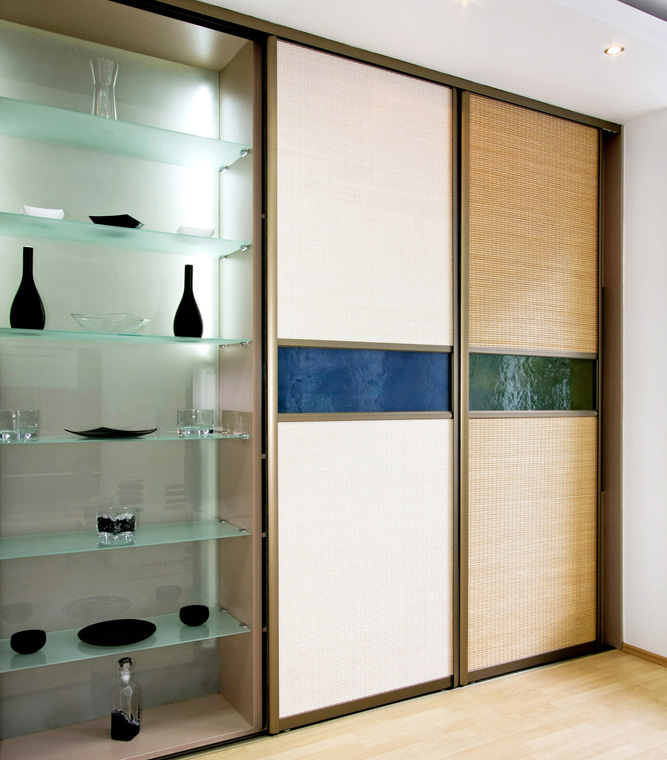
Every one of us has closets – but how ecofriendly are yours? If you’re going green or fine tuning your ecofriendly home, replacing or extending the available storage space in your home, it’s a question worth asking yourself. A closet may seem like a fairly innocuous item, but there is such a thing as an eco-friendly closet – and closets that aren’t such a great idea.
If you’re buying freestanding closets, and especially if you are installing fitted closets, there are some things to think about and look out for. The standard material for closets these days is not real wood. It’s compressed sawdust or MDF (medium density fibreboard) that is then veneered. MDF and similar engineered woods may sound okay – the components are wood, after all. But the processes used to make them are energy intensive, and chemicals and resins, including formaldehyde, are some of the toxins used in their manufacturing.
MDF has been shown to emit VOCs (volatile organic compounds) for several months after manufacture. These can cause health problems, with formaldehyde regarded as a suspected carcinogen. Veneers may be real wood, but often engineered woods are coated in a plastic substance, or veneered in melamine. (Remember too that veneers, by definition are affixed with glues that are usually chemical-based, and may also emit VOCs.) None of these are ideal for a green home, and are best avoided if you want to create an eco-friendly closet.
For an eco-friendly closet you can’t go wrong with real wood, made from wood harvested from sustainable plantations. It doesn’t end there though, unless your closet is going to be bare wood. Paints and varnishes are another common source of hazardous VOCs. The good news is that today there are many eco-friendly paints and wood finish products available. These are low in VOCs and where possible avoid ‘recipes’ that rely on non-renewable oil derivatives.
The most eco-friendly closet of all is a vintage or antique all wood one, that hasn’t involved any new felling of trees. On an older piece any VOCs will have long evaporated. Vintage furniture may be beautifully made from quality woods that will last a lifetime, and can be wonderfully stylish – and retro is in. A lot of vintage closets are in unfashionable dark wood, but painted furniture is in. Eco-friendly paints will allow you to transform old closets to suit your décor.
An eco-friendly closet isn’t only about the materials used in its construction and finish. What’s in your closet? Wooden or bamboo coat hangers are infinitely preferable to wire or plastic ones. If your closet needs lighting (and does it really?) then make sure it’s a low wattage, or use low energy LED lights. Use eco-friendly paper for lining shelves and drawers. With attention to detail you can have a 100% eco-friendly closet in your green home.

